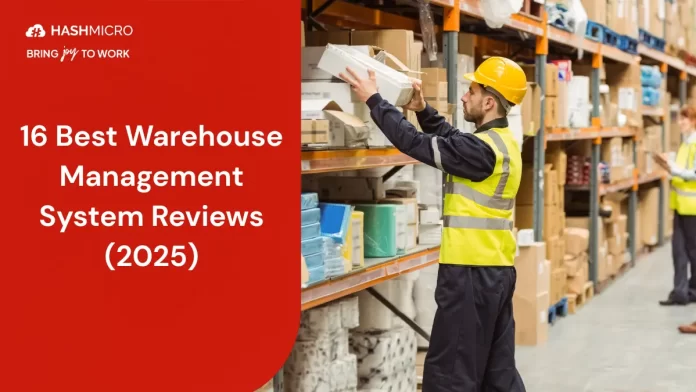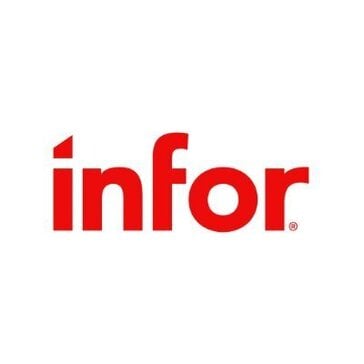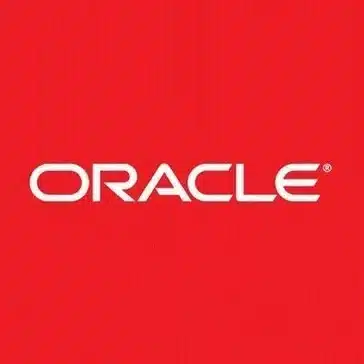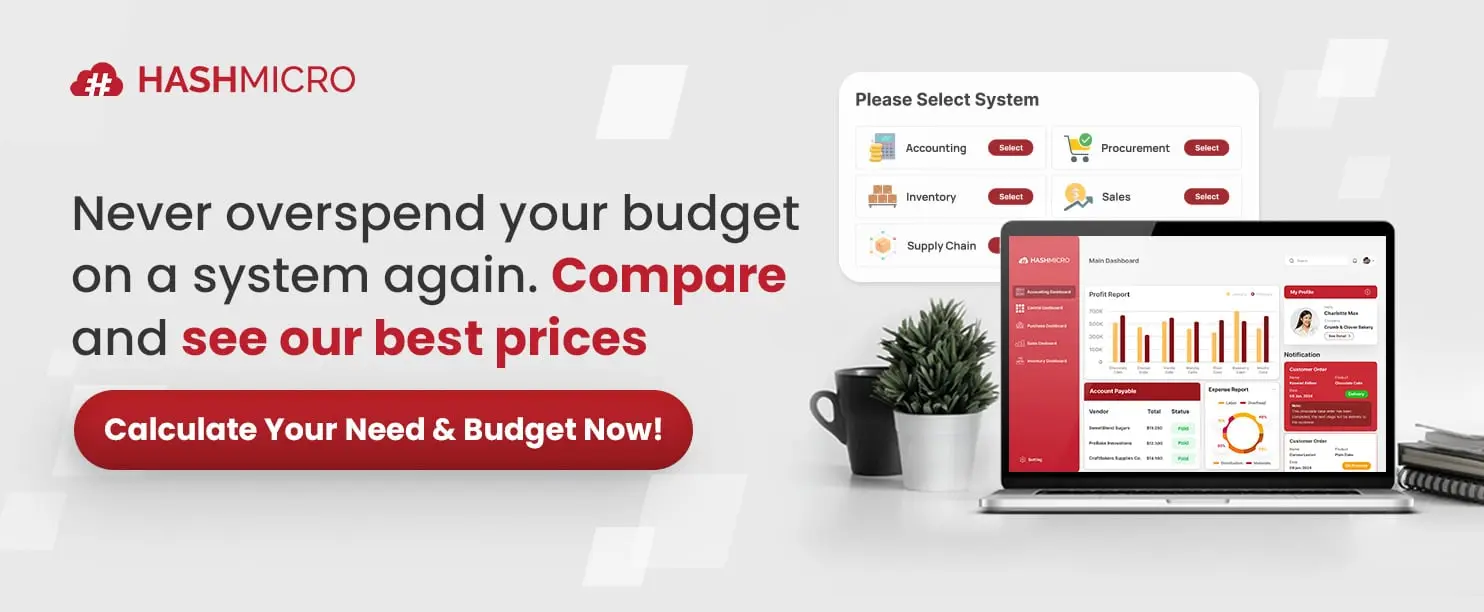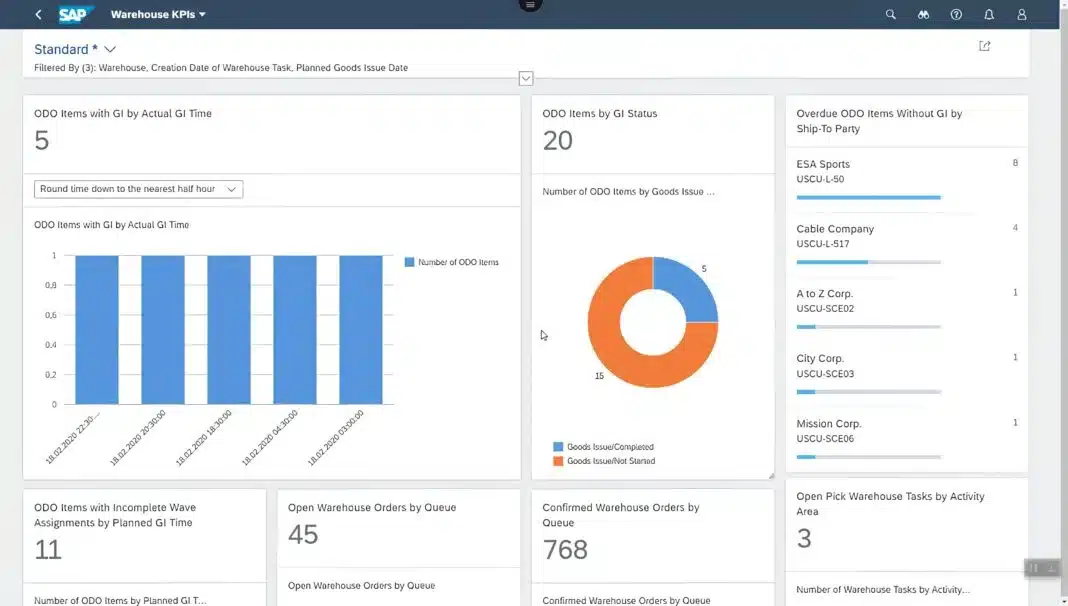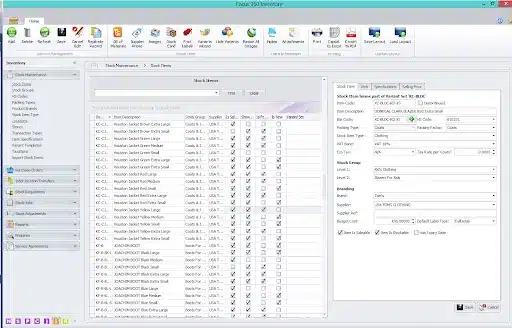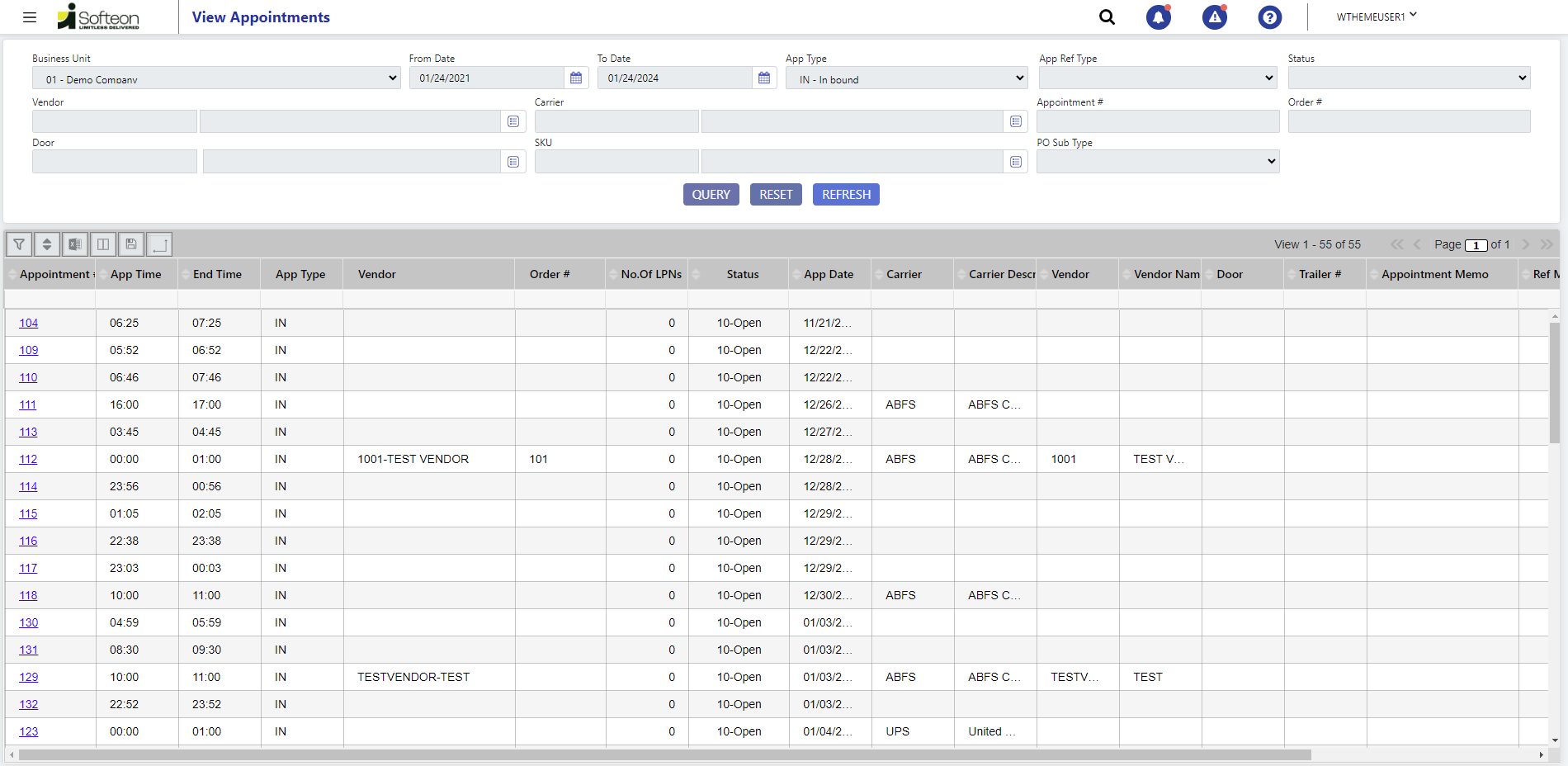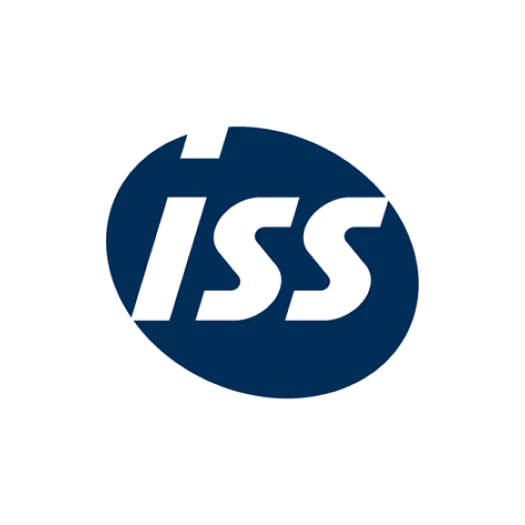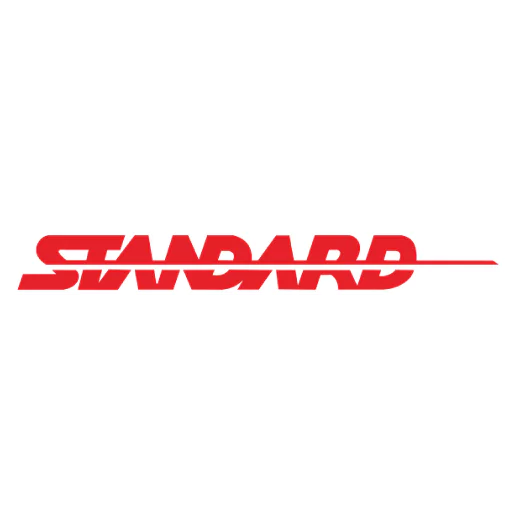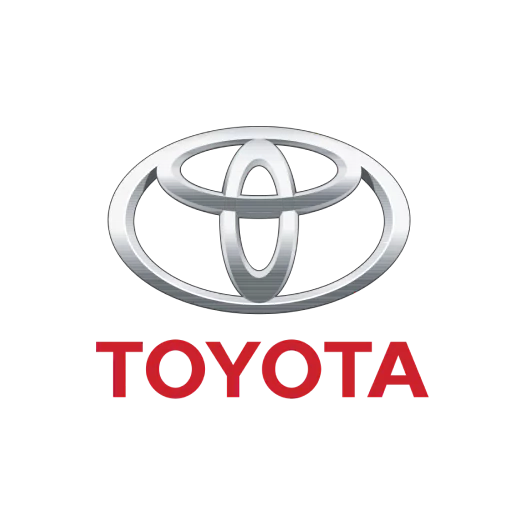Managing a warehouse is never easy. Misplaced stock, inaccurate counts, and slow fulfillment can disrupt your entire supply chain. Many Malaysian businesses still rely on manual tracking, which limits visibility and leads to costly errors.
Malaysia’s logistics and warehousing sector reached MYR 72 billion in 2023, driven by rapid e-commerce growth and rising operational complexity. As volumes increase, manual processes become even more prone to mistakes. This is why over 60% of large warehouses are projected to adopt WMS by 2029 to improve accuracy, space utilization, and fulfillment speed.
The solution is a warehouse management system that enhances visibility, control, and efficiency. Paired with the right software, WMS helps automate stock movement, improve data accuracy, and keep operations running smoothly.
However, choosing the best warehouse inventory management software in Malaysia takes careful consideration. In this article, I’ll guide you through the top options, including HashMicro’s Warehouse Management System, which offers a free demo.
Key Takeaways
|

What Is a Warehouse Management System?
A Warehouse Management System (WMS) is software that streamlines daily warehouse operations, from receiving goods to dispatch. It automates key tasks, including inventory tracking and core warehouse activities such as picking, packing, and shipping.
Modern WMS solutions can integrate with Enterprise Resource Planning (ERP), Transportation Management Systems (TMS), and other core applications to unify operational data. With these capabilities, warehouse inventory management software helps businesses improve overall supply chain performance.
Hashy AI Fact

Need to know!
Simplifies your warehouse management with Hashy AI to help you measure your warehouse efficiency with detailed analytical reports.
Request a free demo today!
What are the Main Benefits of Using Warehouse Management Software?
Warehouse Management Software offers major benefits, including higher inventory accuracy, better warehouse organization, optimized space utilization, lower operational costs, and faster order fulfillment. By automating key warehouse processes and improving real-time visibility, a WMS helps businesses operate more efficiently and deliver better customer service.
Here’s a breakdown of the main benefits you can expect from using a WMS:
- Increased accuracy: By leveraging automation technologies like barcode scanning and RFID, a WMS minimizes human errors and ensures precise tracking of inventory levels in real-time.
- Improved organization: A WMS systematically categorizes stocks, assigns specific locations, and enhances wholesale distribution processes, making it easy for staff to locate and retrieve items when needed.
- Optimized space utilization: Through strategic planning and efficient storage practices, a WMS optimizes warehouse space, minimizing wasted space and accommodating growing stock volumes.
- Reduced cost: By optimizing inventory levels, minimizing carrying costs, and improving labor efficiency, a supply chain software helps lower operational expenses associated with warehousing activities.
- Higher customer satisfaction: With enhanced accuracy, efficiency, and visibility, a WMS ensures timely and accurate order fulfillment, leading to higher customer satisfaction and long-term relationships.
Key Functions of Warehouse Management Software
Modern businesses rely on warehouse management software to streamline operations, reduce errors, and improve supply chain efficiency. A well-implemented warehouse management system (WMS) automates every step of warehouse activity.
Below are the key functions that make warehouse management software essential for growing businesses:
- Inventory Tracking and Real-Time Visibility
Warehouse management systems provide complete visibility into stock levels, product locations, and movement within the warehouse. This real-time data helps prevent stockouts, overstocks, and misplacements. - Barcode, RFID Scanning, and Receiving
By using barcode or RFID scanners, warehouse management software simplifies product identification and enables quick, error-free data entry during receiving, storage, and dispatch. - Optimized Space and Put-way Management
A sound warehouse management system helps businesses utilize warehouse space efficiently. It recommends optimal storage locations and organizes inventory based on size, weight, and turnover rate. - Automated Order Fulfillment, Picking, and Packing
WMS Malaysia automates order picking, packing, and shipping to ensure accuracy and faster delivery. Smart route suggestions and automated task assignments improve warehouse productivity and minimize manual errors. - Analytics and Performance Reporting
The system provides detailed reports and KPIs such as stock turnover, order accuracy, and space utilization. These insights help decision-makers identify inefficiencies and improve warehouse operations. - Multi-Warehouse and Multi-Location Control
For businesses operating across multiple sites, WMS centralizes data from all warehouses to enable unified stock monitoring and smoother inter-warehouse transfers. - Demand Forecasting and Replenishment
Advanced warehouse management software uses historical data to forecast demand and suggest restocking actions so that ideal inventory levels are always maintained. - Returns and Reverse Logistics
WMS streamlines returns management by automating inspection, restocking, and documentation. This helps businesses maintain accurate inventory records and strengthen customer satisfaction. - Integration with ERP and Supply Chain Systems
The best warehouse management software integrates with ERP, accounting, and logistics systems to ensure smooth information flow across the entire business.
Read more: The Ultimate Warehouse Setup Guide for Smooth Operations
Top 16 Warehouse Management System Examples in Malaysia
Selecting the right warehouse management system (WMS) in Malaysia can be overwhelming because there are so many options. To make the process easier, I’ve put together a list of the top 16 WMS solutions I’ve researched.
To gain a clearer understanding, I have included a brief review for you to read:
Best because
The best end-to-end solution for all types of business needs
Best Because
Easy to use with real-time tracking
Best Because
An integrated warehouse solution for inventory optimization
Best Because
An easy-to-use WMS for small businesses with real-time tracking
Best Because
A scalable AI-powered WMS with predictive analytics
Best Because
A simple and effective WMS for tracking large inventories
Best Because
An ERP-integrated WMS with traceability and multi-currency support
After reading the brief review, below is the full review I have researched in detail.
1. HashMicro Warehouse Management System
HashMicro Warehouse Management System is a solution that offers RFID automation, barcode tracking, and 3D stock visualization, enabling Malaysian warehouses to increase productivity by up to 30% via real-time visibility and streamlined processes.
HashMicro best warehouse management software improves warehouse productivity by up to 30% through end-to-end process management, real-time inventory visibility, and accurate data capture using RFID and barcode tracking.
Key Features:
- RFID warehouse rack stock automation: Automates stock detection using RFID tags, reducing manual counting and ensuring real-time visibility of warehouse inventory.
- Barcode, lot, and serial number tracking: Enables precise tracking of each item’s movement and batch details, preventing mix-ups and ensuring full traceability.
- Cycle time analysis: Measures how long inventory stays in storage, helping identify slow-moving goods and optimize warehouse efficiency.
- Stock optimizer per warehouse: Analyzes stock data across locations, preventing overstocking or stockouts and balancing supply chain needs effectively.
- 3D view of stock location: Provides a visual warehouse layout, making it easier to locate items and speeding up picking and restocking processes.
- Removal strategy management: Automates which items should leave first (e.g., FIFO, LIFO), reducing product waste and maintaining inventory freshness.
- Pick, pack, delivery 3-step route warehousing: Streamlines order fulfillment from picking to packing and delivery and minimizing handling errors.
- Comprehensive Reporting/Analytics: Consolidates data into visual reports, helping managers make data-driven decisions and identify trends for continuous improvement.
| Pros | Cons |
|
|
“With real-time inventory updates and intuitive dashboards, HashMicro transformed our warehouse from reactive to proactive. It’s become our operational backbone.”
— Angela Tan, Regional Manager
Considering HashMicro’s warehousing solutions for your business? Click on the pricing calculator below to get a personalized quote and understand the potential investment.
2. Blue Yonder WMS Malaysia
I worked with Blue Yonder WMS Malaysia to optimize supply chain management, and I was impressed by its use of intelligent algorithms, predictive analytics, and machine learning. The system helped me achieve higher productivity and improved demand forecasting.
Features Blue Yonder warehouse management system Malaysia:
- Real-time visibility into all warehouse activities
- Inventory management
- Omnichannel inventory management
- Dashboard for continuous monitoring
| Pros | Cons |
|
|
3. SAP WMS
The SAP warehouse system Malaysia is a comprehensive warehouse management system designed to optimize warehouse operations. With real-time inventory tracking, order management, and ERP integration, this application helps companies enhance visibility and operational control.
Key Features of SAP Warehouse Software:
- Streamlined and efficient warehouse operations
- Automated workflows through robotic integration
- Comprehensive warehouse structure and layout
- Inbound and outbound management
| Pros | Cons |
|
|
4. Infor WMS Malaysia
I found Infor WMS to be one of the more reliable warehouse systems in Malaysia. Its cloud-native setup gave me real-time visibility into inventory, while the advanced analytics and automation features helped me improve inventory control and streamline order fulfillment.
Features of the Infor warehouse management system Malaysia:
- Appointment scheduling
- Order optimization
- Real-time inventory
- 3PL billing and invoicing
| Pros | Cons |
|
|
5. Oracle Warehouse Management Software
I relied on Oracle Warehouse Management to manage inventory and operations more efficiently. The software helped me streamline warehouse processes, saving both time and cost. It also improved accuracy by minimizing errors and made day-to-day management smoother.
Features of Oracle warehouse inventory management software:
- Inventory management
- Supply chain analytics
- Warehouse automation
- Order fulfillment
| Pros | Cons |
|
|
6. Zoho Inventory WMS System Malaysia
I used Zoho Inventory as an affordable and quick solution for managing warehouse operations in Malaysia. It gave me useful insights to improve services and made it easier to manage stock across multiple warehouses.
Features of Zoho warehouse inventory management software:
- Inventory management
- Real-time tracking
- Stock transfer
- Reporting
| Pros | Cons |
|
|
7. AC2’s Wave Warehouse Inventory Management Software
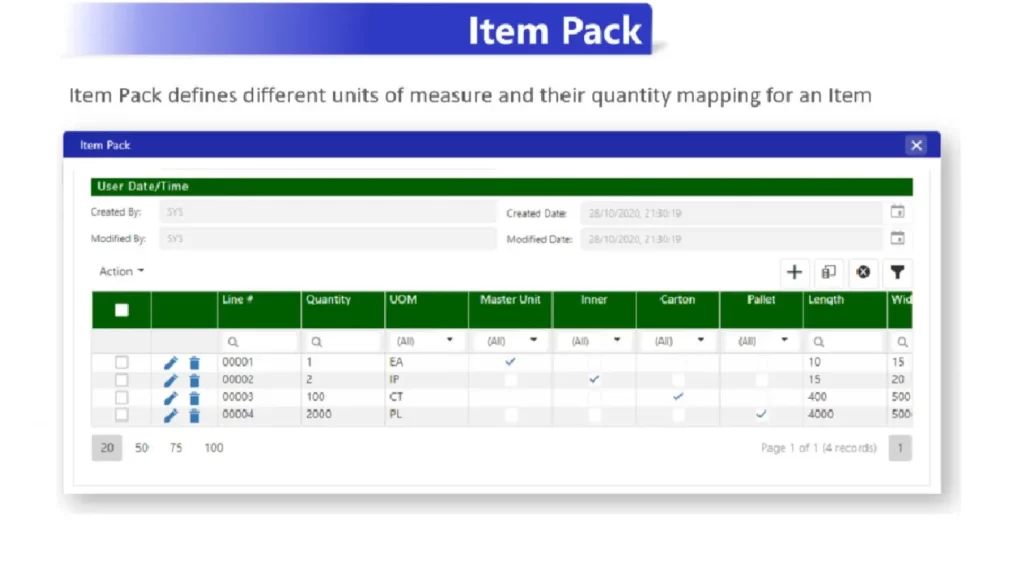
Features of AC2 warehouse management system Malaysia:
- Warehouse management
- Auto upgrades for new patches and features
- Inventory management
- Integration with e-commerce platforms
| Pros | Cons |
|
|
8. Focus Stock Management Software
I worked with Focus Warehouse System Malaysia as part of an ERP solution that optimized my warehouse workflow. Its use of wireless and barcode technologies made performance faster and more accurate.
Features of Focus Stock warehouse inventory management software:
- Omnichannel order management
- Inventory control
- Warehouse management
- Analytics and reporting
| Pros | Cons |
|
|
9. Zap Inventory Management System
I used Zap Inventory Management System as a multi-channel tool to simplify inventory operations and support business growth. It gave me strong stock management and order fulfillment capabilities, which helped me improve efficiency and increase profits.
Features of Zap warehouse inventory management software:
- Bundling and kitting
- Mobile app
- Inventory management
- Warehouse management
| Pros | Cons |
|
|
10. Orderhive Warehouse Management Software
I implemented Orderhive WMS Malaysia in my operations and found its integration and inventory control very reliable. The system worked well with my existing tools, making it easier to manage warehouses with centralized inventory tracking.
It helped me avoid stockouts by keeping inventory levels accurate across channels. I also made use of its location-based sales data, which improved delivery services and allowed me to respond faster to customer demand.
Features of Orderhive warehouse inventory management software:
- Product listing.
- Inventory control.
- Warehousing.
- Payment processing.
- Multi-carrier shipping.
| Pros | Cons |
|
|
11. Wasp Inventory Warehouse Management System Malaysia
With Wasp Inventory, I was able to manage pickup, shipping, and everything in between more effectively. The system kept warehouse processes organized and consistent, which reduced delays in daily operations. It also sped up workflows and improved overall accuracy.
Features of Wasp WMS system Malaysia:
- Asset tracking
- Inventory control
- Warehouse management
| Pros | Cons |
|
|
12. Blue Link Warehouse System
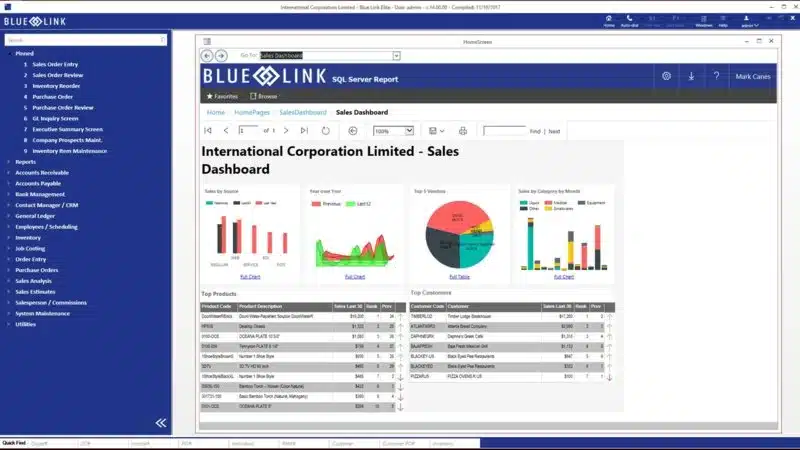
Features of Blue Link warehouse management software Malaysia:
- Warehouse management
- Lot tracking
- Document management
- Barcode scanning
| Pros | Cons |
|
|
13. Latitude WMS System Malaysia
I worked with Latitude Warehouse System, which was a fully featured warehouse management software designed for Malaysian businesses. It provided me with end-to-end solutions that covered everything from returns management to barcoding and RFID.
Features Latitude WMS system Malaysia:
- Receiving/returns
- Putaway
- Picking
- Customer-specific labels
| Pros | Cons |
|
|
14. Softeon WMS
I used Softeon WMS, an advanced warehouse management software designed to optimize end-to-end supply chain operations. Softeon WMS offers intelligent automation, real-time inventory visibility, and seamless integration with ERP.
Features of Softeon Warehouse Management Software:
- Real-time inventory tracking
- Advanced picking
- Labor and resource management
- Automation and systems integration
| Pros | Cons |
|
|
15. Centric Warehouse System Malaysia
Centric WMS is a warehouse management software that helps my businesses handle daily warehouse tasks more efficiently. It supports real-time inventory monitoring, order processing, and reporting features.
Features of Centric Warehouse Inventory Management Software:
- Order and shipment management
- Barcode and RFID support
- Analytics and reporting
- Real-time inventory tracking
| Pros | Cons |
|
|
16. Fisbowl WMS
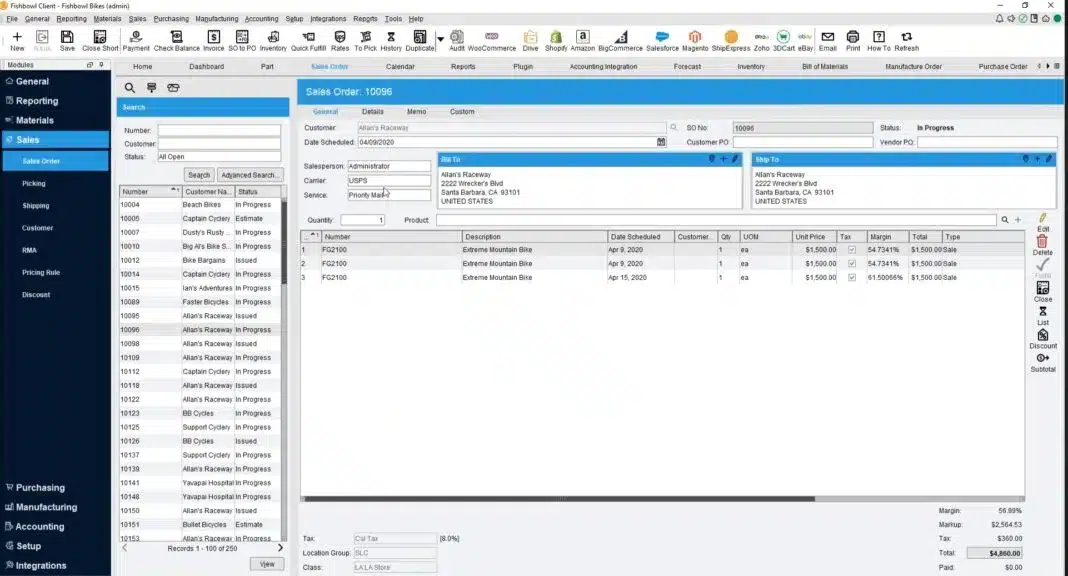
Key features of Fishbowl Warehouse Management System:
- Barcode scanning for inventory tracking
- Mobile access via iOS and Android
- Full support for Transfers, Scrap, Lookup, and Work Orders
- Cycle counting
| Pros | Cons |
|
|
Overall Comparison of Warehouse Management Systems in Malaysia
| Provider | Connection Quality | Bank Coverage | Ease of Integration | Data Enrichment |
|---|---|---|---|---|
| HashMicro | ||||
| Infor | ||||
| Oracle | ||||
| Zoho | ||||
| Blue Yonder | ||||
| AC2's Wave | ||||
| Focus Stock | ||||
| ZAP |
Tips on Choosing the Most Suitable WMS System for Malaysian Companies
In Malaysia, I came across many warehouse management software options to choose from. When I picked the wrong one in the past, it caused problems in the warehouse, leading to delays and lower productivity.
That experience taught me how crucial it was to select the right WMS to keep operations running smoothly and efficiently. Here are the five tips on choosing the most suitable warehouse management software for businesses in Malaysia:
- Consider the price: When selecting a WMS, consider the total cost of ownership, including implementation, training, and ongoing maintenance costs. This will help you make a more informed decision that fits your budget.
- Assess your business needs: Identify your specific warehouse operations and inventory management requirements to determine the features you need in a WMS. This will ensure you choose a system that meets your unique needs.
- Evaluate scalability: Choose a WMS that can grow with your business, offering flexibility and adaptability to accommodate changing demands and operations. This will future-proof your investment and prevent the need for costly upgrades or replacements.
- Check for integrations: Ensure the WMS integrates seamlessly with your existing systems, such as ERP, OMS, or eCommerce platforms, to streamline operations and reduce data errors. This will enable a more efficient and connected supply chain.
- Look for user support: Select a WMS system Malaysia provider that offers comprehensive training, support, and resources to ensure a smooth implementation and ongoing success.
As warehouse operations rely heavily on accurate stock control, understanding inventory management is essential for achieving real-time visibility and efficiency
Conclusion
Effective warehouse management system Malaysia involves integrating procurement, inventory management, and finances. The best WMS software should seamlessly connect these modules for a smooth supply chain process.
In Malaysia, HashMicro’s Warehouse Management System is a top solution, designed to streamline warehouse operations with its robust features and high customization capabilities. It integrates smoothly with accounting and inventory modules, providing a single platform for efficient workflow.
Discover the benefits of HashMicro for your Malaysian warehouse management needs. Try our free demo today and see how it can enhance your operations!

FAQ about WMS Malaysia
-
What is a WMS system?
Warehouse Management System (WMS) is specifically designed to optimise your warehouse operations. On the other hand, ERP software aims to automate processes across your business, from marketing and sales, human resources, customer service, procurement, inventory management, and financial management.
-
What are the four types of WMS?
There are four main warehouse inventory management software available, each catering to different business needs and requirements, namely Standalone, ERP Module, Cloud-based, and Supply Chain Module. Each of these solutions differs in terms of features, integration capabilities, and suitability for different industries and business sizes.
-
What is the difference between inventory and WMS?
Inventory management focuses on tracking and controlling stock levels, ensuring accurate records of the quantity, location, and status of goods within the warehouse. In contrast, a WMS system Malaysia not only includes inventory management, but also optimises storage locations, manages picking and packing processes, and improves overall warehouse efficiency. Essentially, inventory management is a component of WMS, which offers a broader and more comprehensive solution to warehouse operations.
-
How does WMS integrate with accounting software?
A Warehouse Management System (WMS) and accounting software work together to ensure seamless financial tracking and operational efficiency. Warehouse inventory management software helps manage inventory levels, stock movements, and order fulfillment, while accounting software tracks financial transactions, cost of goods sold (COGS), and revenue calculations.
-
What are the elements of WMS?
The elements of a warehouse inventory management software include inventory tracking, which ensures accurate records of stock levels and locations, and order management, which streamlines the process of order fulfillment from receipt to dispatch. Additionally, WMS Malaysia includes picking and packing optimization to improve the speed and accuracy of order preparation, and shipping management to coordinate outbound logistics. Other elements are labor management, which tracks workforce productivity, and reporting and analytics, which provide insights into warehouse operations for continuous improvement.






